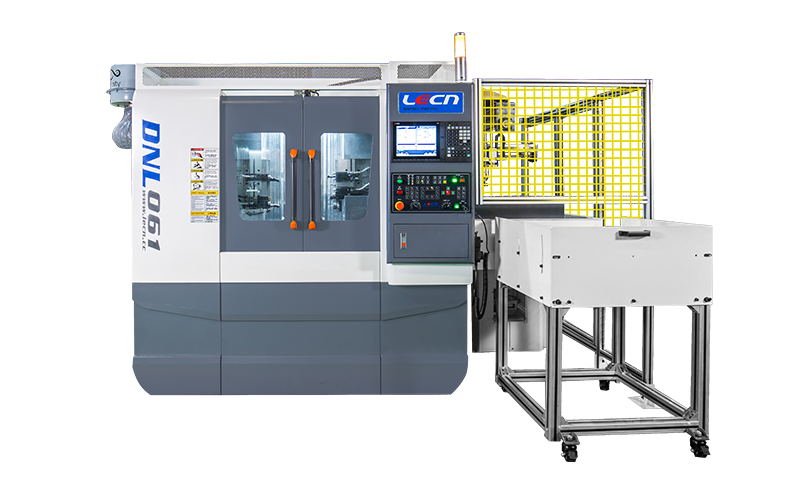How should the CNC machining center set the tool?
Simply put, there are several common methods for tooling in CNC machining centers, including tooling with a tool setter, automatic tooling, and trial cutting. Since a complete machining process for a workpiece may involve several or even dozens of cutting tools, trial cutting is rarely used due to its primitive nature and poor tooling accuracy. Let's focus on the two more typical tooling methods:
Common Tooling Methods used in CNC machining
Automatic Tooling
Automatic tooling utilizes the tool detection function configured in the CNC machining center. This device can accurately measure the length of each tool in various coordinate directions and automatically correct tool errors. The entire detection and correction process can be achieved while the machine is running normally. This tooling method is entirely implemented by electronic control devices, eliminating human errors in tooling, resulting in higher tooling accuracy and efficiency.

Tool Setter Tooling
Using a tool setter for tooling is more cost-effective and is the primary method used in Automatic CNC Machine today. Tooling with a tool setter can be divided into on-machine tool setting and off-machine tool setting. Off-machine tool setting requires pre-calibration outside the machine tool, and then the tool can be mounted on the machine tool for use; on-machine tool setting involves directly installing the tool at a fixed position on the machine tool for measurement.
Preventive Measures for Tooling Errors
Since CNC machining centers use a variety of cutting tools with highly variable dimensions, the tooling method should be selected based on the actual machining situation, with program instructions, tooling parameters, and tool compensation values determined accordingly. Nevertheless, different tooling methods may still introduce errors, affecting the precision of workpiece machining. When using tool setters, tooling mirrors, and automatic tooling, errors mainly stem from instrument manufacturing, installation, and measurement errors. Additionally, poor mastery of instrument usage techniques can also cause errors.
Therefore, attention should be paid to the installation and measurement accuracy of instruments, and more importantly, the correct methods of instrument usage must be mastered to minimize errors. Furthermore, the quality and rigidity of cutting tools, as well as the precision of the machine tool itself, are also factors influencing tooling errors. Hence, selecting high-quality cutting tools and regularly inspecting the zero drift of CNC machining centers are also crucial.

Comments
0